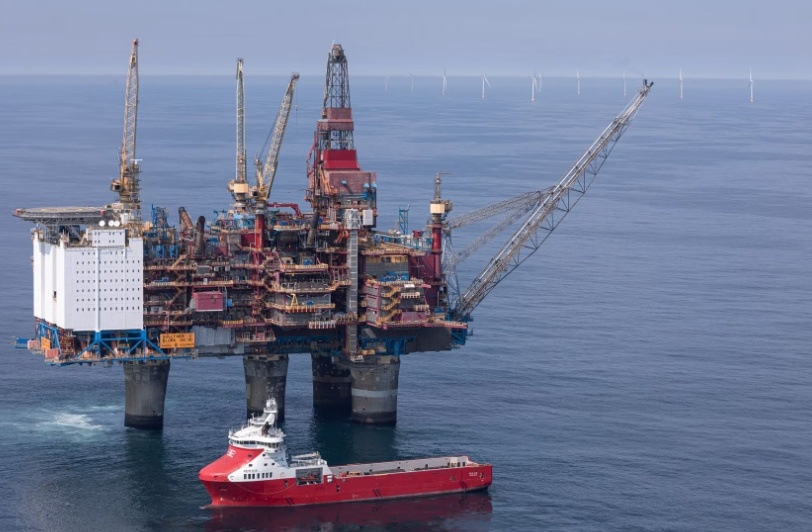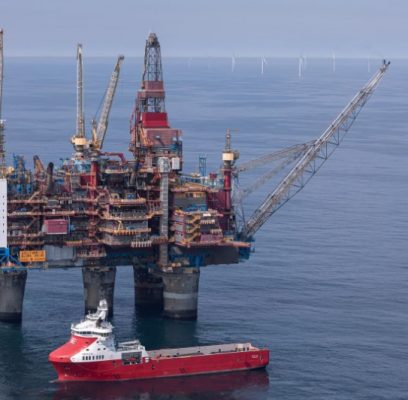Equinor (EQNR.OL) and its partners have officially opened the world’s largest floating offshore wind farm in Norway. This wind farm’s energy output will provide power to nearby oil and gas platforms, contributing to the reduction of their greenhouse gas emissions.
In collaboration with other oil companies such as OMV (OMVV.VI) and Vaar Energi, which is mostly owned by ENI (ENI.MI), Equinor launched the Hywind Tampen wind farm. The wind farm began generating power in November of the previous year, and it achieved full output earlier this month.
With a capacity of 88 megawatts, the wind farm will cater to approximately 35% of the annual power requirements for five platforms located in the Snorre and Gullfaks oil and gas fields in the North Sea, situated approximately 140 km (87 miles) off the western coast of Norway.
“Onboard the platform,” Kjetil Hove, Equinor’s Head of Exploration and Production in Norway, shared, “we have a clear ambition to reduce CO2 emissions by 50% by 2030 in Norway. To achieve this goal, we require significant power. It also involves establishing a new industry that will play a crucial role in generating more power in Norway.”
The Hywind Tampen wind farm is anticipated to cut annual CO2 emissions by 200,000 tonnes, equivalent to 0.4% of Norway’s total CO2 emissions in 2022.
The initiative has received mixed reactions from environmentalists. While some view it positively for reducing the country’s CO2 emissions, others argue that Norway should focus on discontinuing oil and gas production altogether.
Describing the opening as a “significant milestone,” Prime Minister Jonas Gahr Stoere emphasized that the initiative would contribute to reducing Norway’s CO2 emissions. He added that an abrupt halt to oil and gas production was not the sole solution in the ongoing energy transition.
“In this transitional phase, the world will still require gas and oil,” Stoere emphasized. “It’s not a sudden discontinuation overnight. Therefore, we need to minimize our environmental impact,” he explained.
Consisting of 11 wind turbines mounted on a floating foundation anchored to the seafloor, Hywind Tampen employs an innovative technology that industry experts believe is well-suited for deployment in deeper offshore waters. Equinor aims to further develop this technology for such environments.
The technology is still in its early stages, and the expenses for Hywind Tampen have escalated from an initial projection of 5.2 billion crowns ($491 million) in 2020 to 7.4 billion crowns. This increase can be attributed to delays in raw materials, quality concerns, inflation, and currency fluctuations.
Nevertheless, the anticipated increase in Norwegian CO2 taxation and elevated gas prices had a beneficial impact on the project’s funding. Equinor also noted that the financing received nearly 2.9 billion crowns in subsidies.
Aiming to achieve 30 gigawatts of offshore wind power by 2040, Norway plans to double its current power output. The country is set to initiate the tendering process for its first commercial wind farms, including three floating ones, this autumn.
The project’s other collaborators include Wintershall Dea, predominantly owned by BASF, INPEX Idemitsu, and Norway’s Petoro.
($1 = 10.5859 Norwegian crowns)

